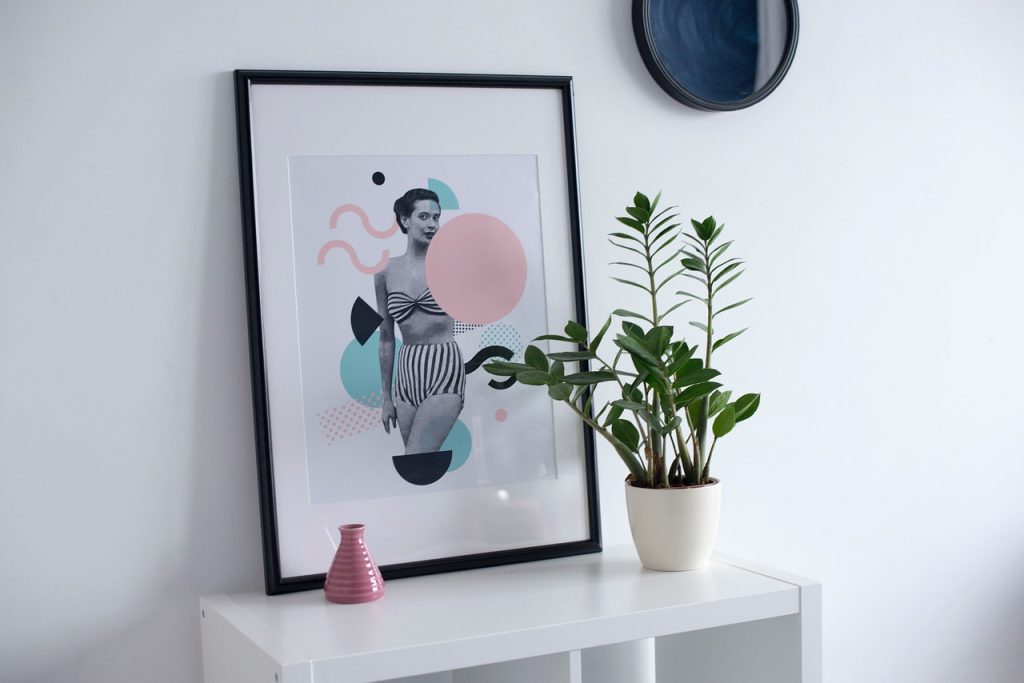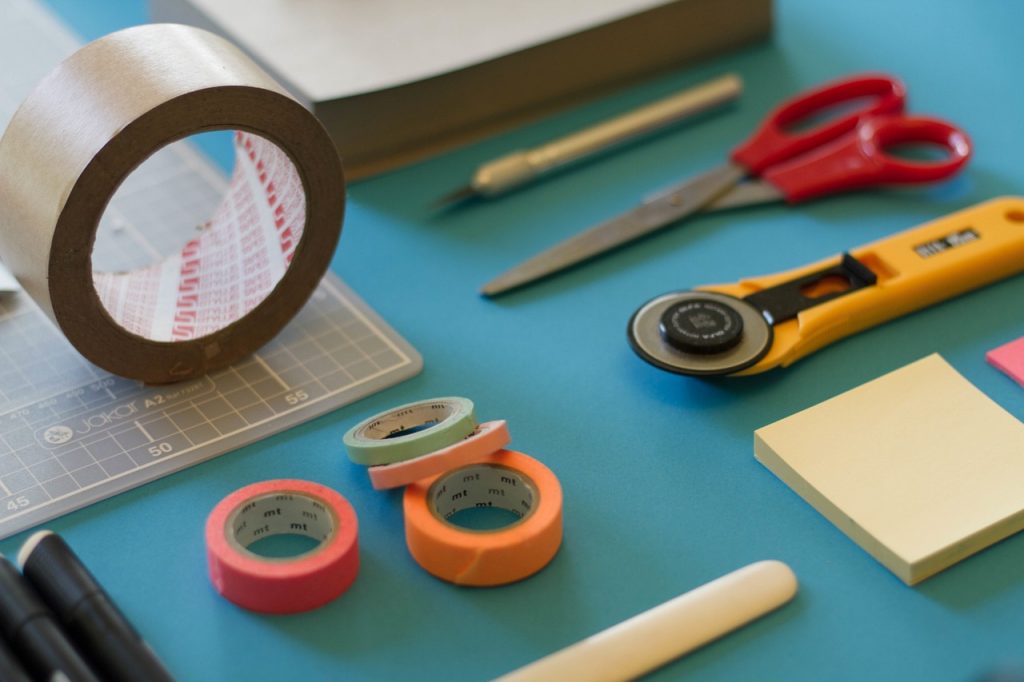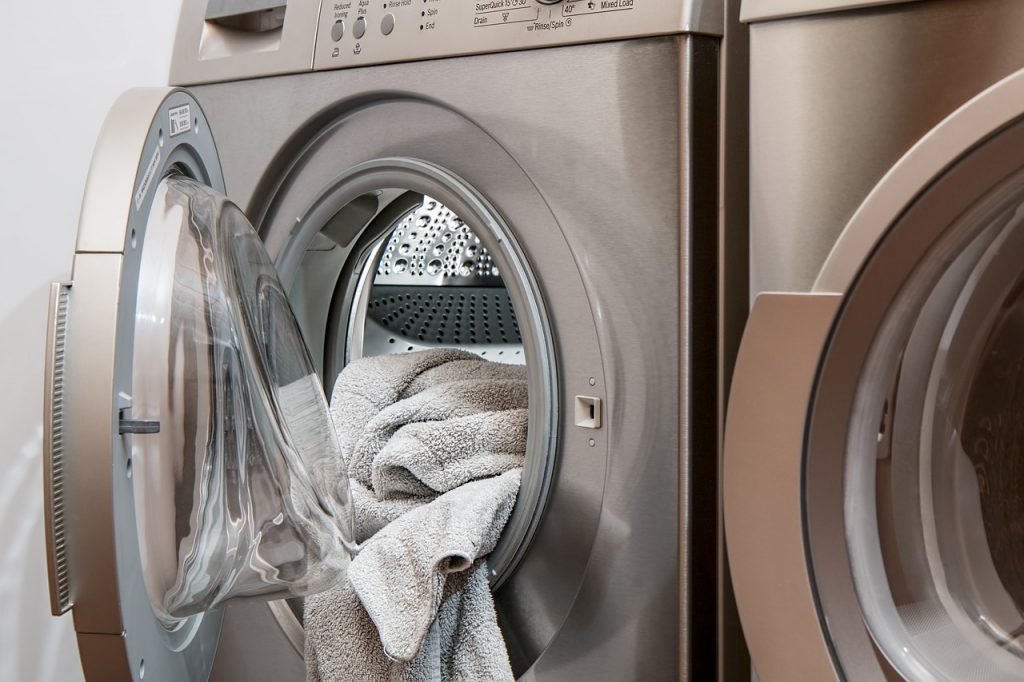
One of the major concerns when people move is ultimately what could get lost, damaged or broken beyond repair during a move. There can be numerous opportunities for things to go wrong when you place
your homes contents in transit . It’s something you don’t really want to dwell on especially when there is so much to already to address like hiring the right movers for the right price, packing and getting all your belongings ready for the relocation.
Thankfully there are numerous precautions you can take to ensure you aren’t left disappointed and out of pocket once the move as been completed. In this article we will cover items and methods to protect your homes contents as furniture and appliances, so you aren’t left with a headache post move.

The essential packing supplies
When commencing a pack be sure to start it right with the correct packing and protective supplies. Look to have on hand the following items:
- Bubble wrap
- Packing paper or plain paper, newspapers can leave stains
- Furniture blankets
- Old towels and sheets
- Durable moving boxes – cardboard or plastic
- Quality packing tape
- Scissors
- Markers
- Sticky labels
Selecting the right boxes
It is best to discuss with your professional full-service packing and unpacking movers to come to a decision on who will be doing the packing and if moving boxes or other containers are supplied in your move package. For extra protection and also a eco-friendlier approach you may want to upgrade your packing boxes to reusable containers for your move.
It is crucial if you already have some packing boxes, to make sure you have enough and that they are in various sizes and durability. The golden rule is that heavier items should go in smaller boxes and lighter items will go in the larger boxes and to not over fill them. You’ll also may require specialised boxes for containing items such as art and televisions.
Packing Boxes Tips:
#1 – Avoid utilising the biggest boxes you can get
If there is too much a box the more it can move around and break. Use smaller boxes and place fewer items per box to avoid accidental breakages
#2 – Packing staging area
Set up a designated pack up space you in home to attend to the packing of fragile items. A clean dining room table or desk are good layout areas. Set up fragile items on the table and individually bubble wrap them and use layering method to pack into boxes.
#3 – No over packing
Its not a good idea to over pack boxes, it can place pressure on items and can lead to breaks. Fill box but allow some breathing space to close and tape box. Try not to have budging boxes!
#4 – No under packing
Just like over packing the opposite of under packing it just as much of a hazard. You want to ensure there is padding and not too much space for items to move.
#5 – Layering is key
Start with a soft bottom layer to your box by adding foam peanuts or bubble wrap. Then individually bubble wrap each item, using a few layers to ensure its well protected. Place the item into box and try not to have item touching the box internal sides. After each layer add bubble wrap or peanuts.
#6 – Don’t stack heavy boxes on to ones with fragile items
Always stack the most fragile item filled boxes on the very top of other boxes. Heaviest box always on the floor and lightest or most breakable the last on the pile.
#7 – Fragile items should be packed separately
This is the safest option, best to keep delicate items in dedicated boxes.
#8 – Move valuable and small sentimental boxed items yourself
If some things are very precious to you it is best you pack these yourself and move them via your own car or vehicle.
Labelling and tape

Next, you want to make sure you have established a clear method to label each box according to room and items inside. You will require markers and labels (colour coded dots can help as well). The tape used to close up boxes should be specific for packing, packing tape is made with nylon fibre lining to help provide strength and reinforce bottoms of heavy boxes. You can use clear plastic tape to adhere your labels to boxes so that you can still see them while protecting them from water. Lastly, pick up a basic tool kit to disassemble furniture
Labeling tip: Label all boxes and which way is up.
Give movers a hand and let them know where boxes are to go and if fragile by placing labels and notes on each box. For example: Kitchen – glasses. Big arrows will help them know how to place the box as not to cause a breakage.
For fragile items – Always, use plenty of strong packing tape on the bottom and tops of every moving box, just don’t use one strip of tape, use multiple strips and run the tape both directions to make sure that box is secure.
Supplies for extra protection
Now you’ll want to start stocking up on the extra supplies that protect your items from damage. Stretch wrap is always handy and used by most good removalists. It’s useful to secure doors and drawers of furniture pieces like your cabinets and dressers. It works as a self-adhesive, (like cling film) to itself without sticking to your furniture like a piece of tape would, and it leaves no sticky residue traces either when removed. Next, get packing paper that you can use to stuff boxes and wrap your fragile items. Don’t use newspaper since the ink can leave stains.
Good old bubble wrap is great to use for packing because it’s one of the easier ways to pad fragile items, its also affordable and easily available in large rolls.
Padding is a must if the box isn’t completely filled. You don’t want your fragile items shifting around in the box because this could cause them to break. Foam peanuts is another method commonly used for breakable items. For packing plates, platters, bowls, and other dishes you can use plain paper or tissue paper. If you’re on a tight budget, you can simply use towels, comforters, blankets, pillows, old T-shirts or clothes and/or stuffed animals. For items not going into boxes, you’ll want to have blankets to protect furniture, mirrors, and other fragile items.
Professional reputable removalists usually provide and utilise felt pads to protect the floors, rope or bungee cords to keep boxes and furniture in place whilst in transit, and a dolly trolley to move items carefully off truck and up / downstairs.

Protecting your furniture
Moving large, bulky furniture pieces could be a challenge – especially if you plan to move yourself. Without the proper planning, tools and equipment, your furniture could end up scratched or damaged before it even arrives at your new place. Therefore, you should make protecting furniture when moving a top priority. Fortunately, there are numerous ways to protect your furniture. From purchasing moving insurance to using the proper truck rental tools, here are 10 tips for protecting furniture when moving.
- Disassemble what you can
For pieces that can be disassembled, we highly recommend doing so before the move. Furniture pieces that usually need to be taken apart include bed frames, tables and modular sofas. If you happen to have kept the original assembly instructions, simply use those for guidance on how to deconstruct the item. Wrap all parts in plastic wrap or protective covering and place inside a labelled cardboard box.
2. Screws, nuts and bolts
When taking furniture apart, it’s easy to forget and lose screws, nuts and bolts that hold everything together. Make sure to place these inside sealed plastic bags as you begin to disassemble furniture parts. All bags should be labelled with the items’ corresponding furniture. This way, when you arrive in your new home and begin to reassemble furniture, you won’t have to search for all of the important parts or travel to hardwear store to get replacements.
3. Wrapping furniture
Never just place and pile furniture onto a moving truck. If you’re moving furniture items yourself, you’re going to need to prepare everything first. It is hightly recommended to wrap furniture in plastic wrap. This large cling wrap like and tear-resistant material protects and keep furniture and other items together while in transit. Another protective covering often used when moving furniture are moving blankets. These blankets are thick and will protect not only your furniture when moving but your walls as well. If required you can substitute moving blankets with sheets, flattened cardboard and towels.
4. Don’t move heavy furniture by yourself

Don’t be surprised how many people attempt to pick up heavy furniture by themselves without help and ultimately cause more damage to the item being moved, the property or themselves whilst doing it. Make sure to recruit the right assistance when moving furniture. If you aren’t able to find free and the right help, its in your best interests to employ a experienced removalist company and full service moving company.
5. Renting a moving truck?
If you are planning to move everything yourself, then for a successful DIY move, you’ll need to rent a suitably sized moving truck or moving container and importantly make sure it comes with tie-downs and a ramp to make the the moving of heavy item easier. Inside the rented truck, there should be tie down tracks where you can attach straps to hold down your furniture whilst in transit. This will keep the furniture in place and prevent it from falling or breaking when driving the moving truck to its final destination.
6. Furniture gliders to move furniture
When moving furniture through the house, be sure to place gliders beneath them if not use felt pads, towels or cardboard underneath the legs of the furniture, especially if you have hard floors like timber floorboards. This will prevent your floors and furniture parts from be scratched while they are being moved through the home. This is especially important if you aren’t able to lift the items and instead need to slide the items across the floor.
7. Clear doorways
The simplest way to ensure that your furniture makes it safely in and out of the home is by clearing the doorways and entryways of all clutter and also protecting them. Prop the doors open as widely as possible with a doorstop and keep them open throughout the move. Try and use cardboard or bubble wrap taped to doors ways to protect from accidental bumps. Doing this will make it easy to move furniture in and out will also protect the furniture from hitting walls, framing and corners while being moved.

Top Damaged Items When Moving House And How To Protect Them
Prior to commencing your pack, you should plan out your pack. Make a list on which of your items are fragile? So, what will you need to pack them? As professional packing and unpacking service, Mooving Matters has seen it all, and unfortunately incorrectly where things break as they aren’t packed properly. Let the experts do the packing. However, for those who DIY packers,” we have compiled a list of the “Top Ten Items Damaged When Moving.” And importantly how to protect them.
1. Drinking Glasses:

One of the key factors to keeping your glasses from breaking is using the proper box. Use a box that has double thick walls for extra protection and is made for glass wear. Next do the “burrito wrap” of your glasses – Place a glass on packing paper horizontally. Grab a corner of the packing paper and roll the glass into the paper. Make sure to tuck the sides of the paper in, Repeating at least 3 times (depending on thickness of glass) with more sheets of packing paper. Then label your glass burrito: “Wine Glass” so it is treated with care during unpacking process. Cushion the bottom of box with crumpled packing paper or bubble wrap. Place the wrapped glasses vertically in one layer in the box. After completing the first layer, place packing paper on top. Repeat these layers until the box is full. Lastly, Fill all remaining space with crumpled packing paper.
2. Plates:
To keep plates from breaking, first wrap each plate in packing paper. Repeat at least 3 times with more sheets until the plate is properly cushioned. Label your little plate package: “Plate.” Before placing any of the wrapped plates in the box, cushion the bottom of box with crumpled packing paper. Then place the wrapped plates vertically in one layer in the box. After completing one layer, place packing paper on top. Repeat until box is full, ensuring to fill any remaining space with crumpled packing paper.
3. Artwork, mirrors and glass framed pictures:
Always use a purpose made picture box. Line the bottom of the box with crumpled paper. Place the art in the box, then stuff front, back and along the top with paper and or eco-bubble wrap. You want to be sure the box is completed packed with no air gaps.
4. Lamp Shades:
Wrap the lamp shade in bubble wrap, most importantly then fill the interior cavity of the lamp shade with packing paper and not newspaper as to avoid staining. Fill the box with enough packing paper to keep the shade from shifting around inside. Do not place anything on top of the shade, not even soft items such as linens. Use only packing paper to stop shifting.
5. Liquid Cleaning Supplies
Basically, you want to remove the cap from each bottle and place a small bit of plastic wrap over the opening. Next tightly screw the cap back on and use tape to then secure the cap to the bottle. Begin placing the cleaning products in a small book size box and be careful of its weight as you fill it. You don’t want to pack the box too heavy. When the box is full and not too heavy, place packing paper all around the bottles to keep them from shifting. Ensure the box is tapped up correctly as boxes can split open at the base spilling on the floor. Always, label every box and every side with its contents, room in the new home where the box should go and directional arrows pointing up.
6. Wine & Liquor Bottles:
Use a divided cell box from a specialty wine shop or liquor store, or purchase them from a moving store. You will want to use smaller boxes so they are easy to lift and carry. Here you will want to triple tape the bottom of the box. For opened bottles,. tape the caps on to the bottles. Roll each bottle into a burrito with 3-4 layers of packing paper. Secure the wrapping with tape with no loose ends. Finally, Label with wine type and place the bottle into the box. If there’s any space or gaps between the bottle and the divider, fill it with paper.
7. Audio & Electrical Equipment:
If you can pack your stereo equipment in their original product packaging / boxes. Otherwise, use double walled corrugated boxes. Double tape the box base in the both directions, pack the bottom of each box with crumbled packing paper for padding. Wrap each electronic component separately in bubble wrap and tape up. Place it up right, vertically in the box. Repeat this process then place it vertically in the box next to the first item. Remember not to stack! Stuff packing paper in open spaces and on top for extra cushion.
10. Books:
Grab a book box. Place books flat, horizontally and stack them with the heaviest books on the bottom and the paperback books on top. But again ensure not to make the box too heavy. Pack air gaps with paper.

Moving House The Safe and Proper Way
The best way to protect your items during the move is to hire a professional moving and packing company, like Mooving Matters. They will know the best ways to protect your things, the safest ways to transport them, and they are trained to handle everything with care during a move. Be sure to make this step your top priority for your upcoming move.
If you want to be sure you have the proper supplies to protect your items during your move, first hire a professional moving team, and then stock up on these supplies that will give you the best chances for success.
With these steps your move will be unbreakable! Remember, you can always do some of the packing yourself and leave the rest to the professionals.
To arrange a complementary on-site inspection of your packing tasks by Mooving Matters, your home organiser Sydney or to simply discuss our ‘Ultimate full service packing + moving’ experience call (02)93375333 or visit us at moovingmatters.com.au.



